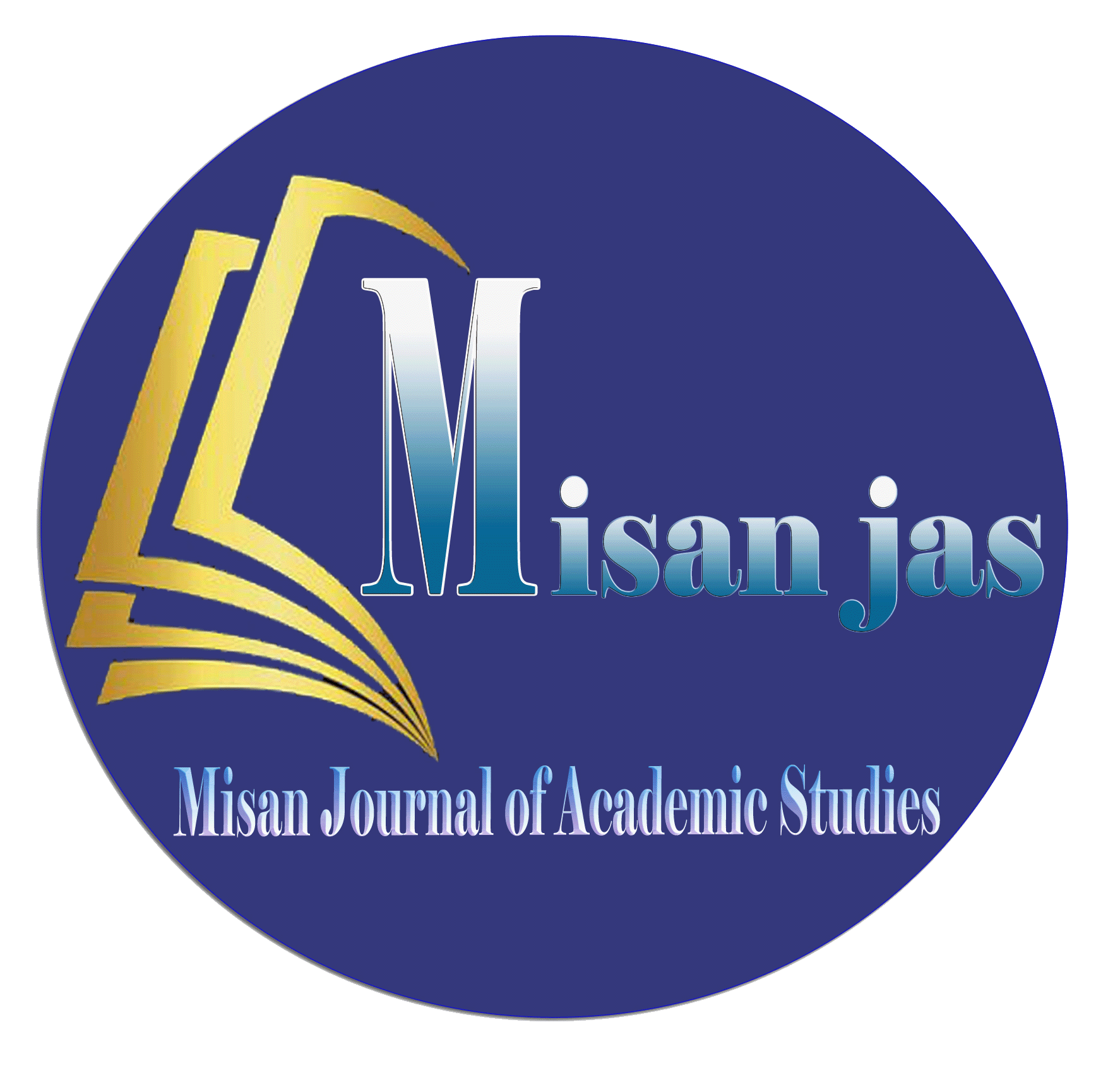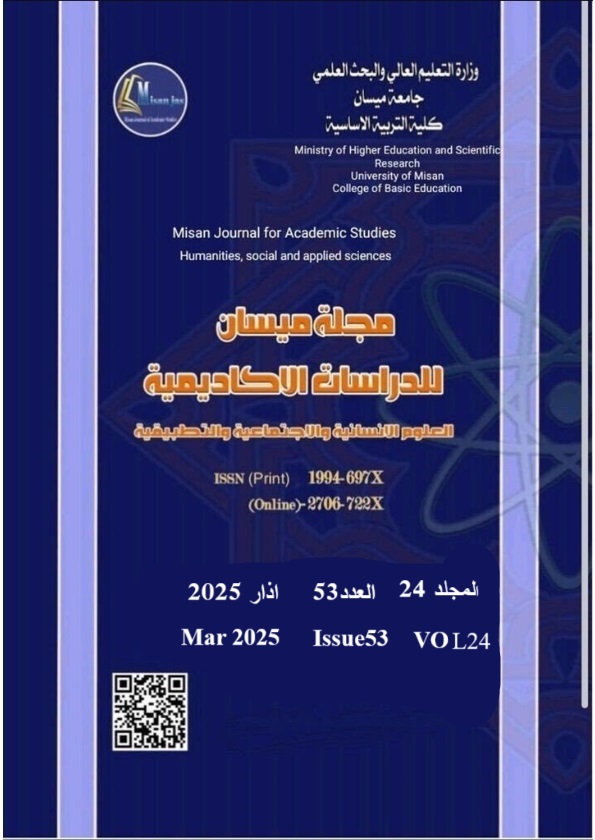Evaluation of Superoxide Dismutase and their association with Diabetic neruopathy and Heart disease in Iraq populations
Abstract
Complications of diabetes mellitus include both micro vascular and macro vascular complications. Diabetes mellitus causes diabetic neuropathy due to elevated blood glucose levels. High oxidant levels in diabetes complications are linked to oxidative stress, with reactive oxygen species (ROS) being a major oxidant. Endogenous antioxidants, such as SODs, are crucial for protecting cells and can be involved in cardiovascular diseases. The purpose of this study is to assess the levels of enzymatic Superoxide Dismutase in patient sera. Ninety persons were subdivided into two groups included in this study (25 patients with Diabetic neuropathy and 25 patients Heart disease), and 40 healthy subjects as a control group with range age of 30-60 years old. The enzymatic antioxidants of superoxide dismutase SOD levels were measured by enzyme linked immunosorbent assay (ELISA) method. The findings showed that the patient group's levels of lipid profile, urea, creatinine, ESR, and SOD were considerably higher than those of the control group (p<0.05). When diabetic neuropathy disease is present, the production of free radicals rises along with the SOD level. These antioxidants are thought to be useful markers for assessing the degree of oxidative stress in heart disease and diabetic neuropathy. Additionally, employ them as indicators for the early identification of heart disease and diabetic neuropathy. Analysis of the Receiver Operating Characteristic (ROC) curve revealed that SOD is a reliable indicator for the diagnosis of heart disease and diabetic neuropathy.
Downloads
Copyright (c) 2025 (Humanities, social and applied sciences) Misan Journal of Academic Studies

This work is licensed under a Creative Commons Attribution-NonCommercial-NoDerivatives 4.0 International License.
The copyright is also the copyright of the magazine only.
All articles published in our magazine are subject to license terms
Creative Commons Attribution(CC BY-NC-ND 4.0) This license permits the content to be reproduced, redistributed and reused in whole or in part for any purpose free of charge, without any permission from the author(s), researcher or student.
Works submitted to Maysan Journal of Academic Studies for publication in the journal (CC BY-NC-ND 4.0) license terms. Where available content can be shared, distributed and replicated provided there is no commercial profit and appropriate credit must be given to the original source through sources or citations. It is mandatory to review any material used from other sources including shapes, tables, and images for re-use under the terms of the Creative Commons License (CC BY-NC-ND 4.0).Provided that there is no modification to the original content



